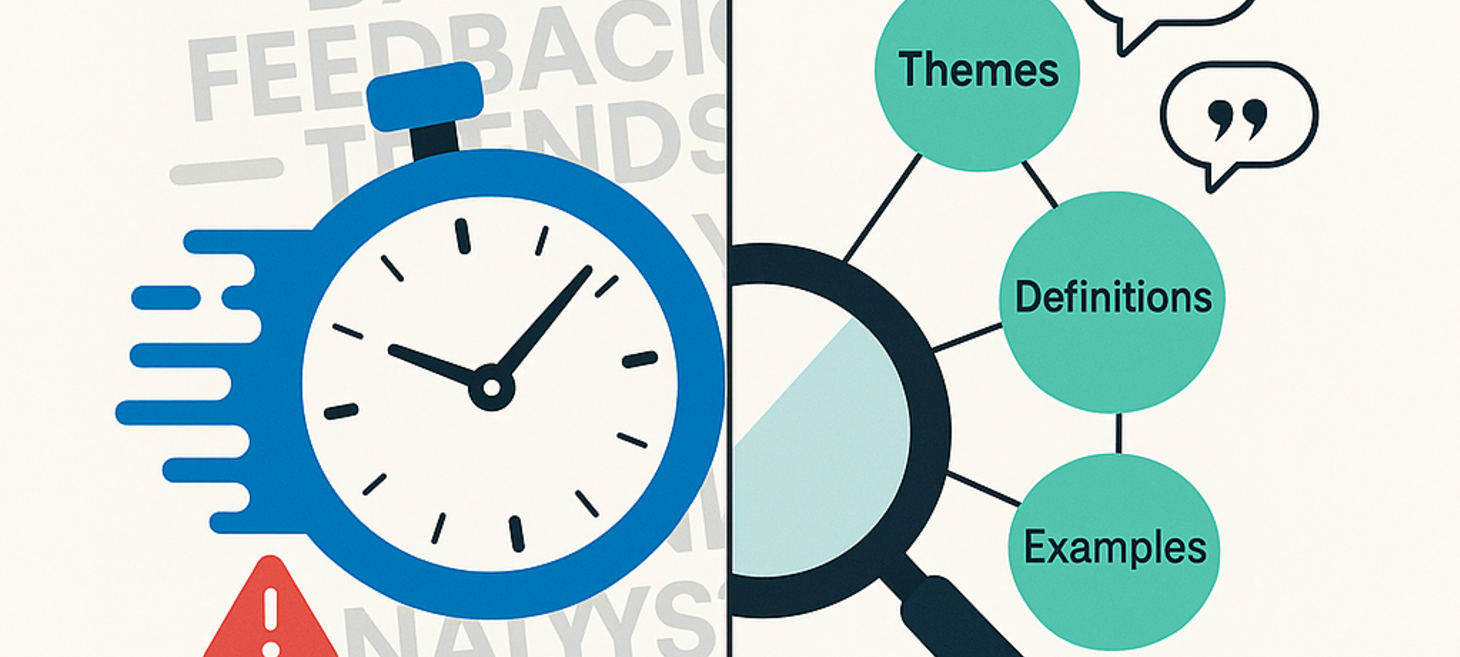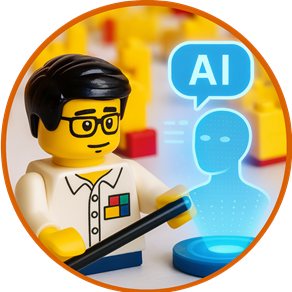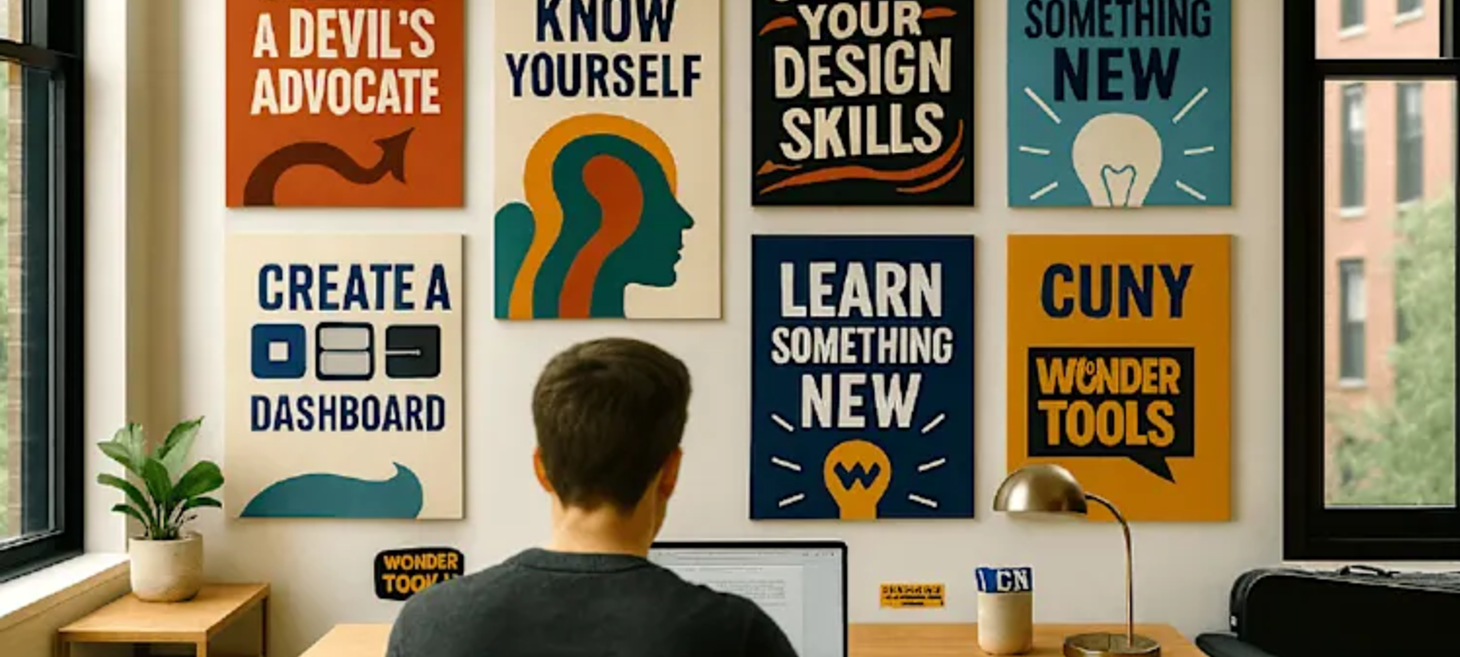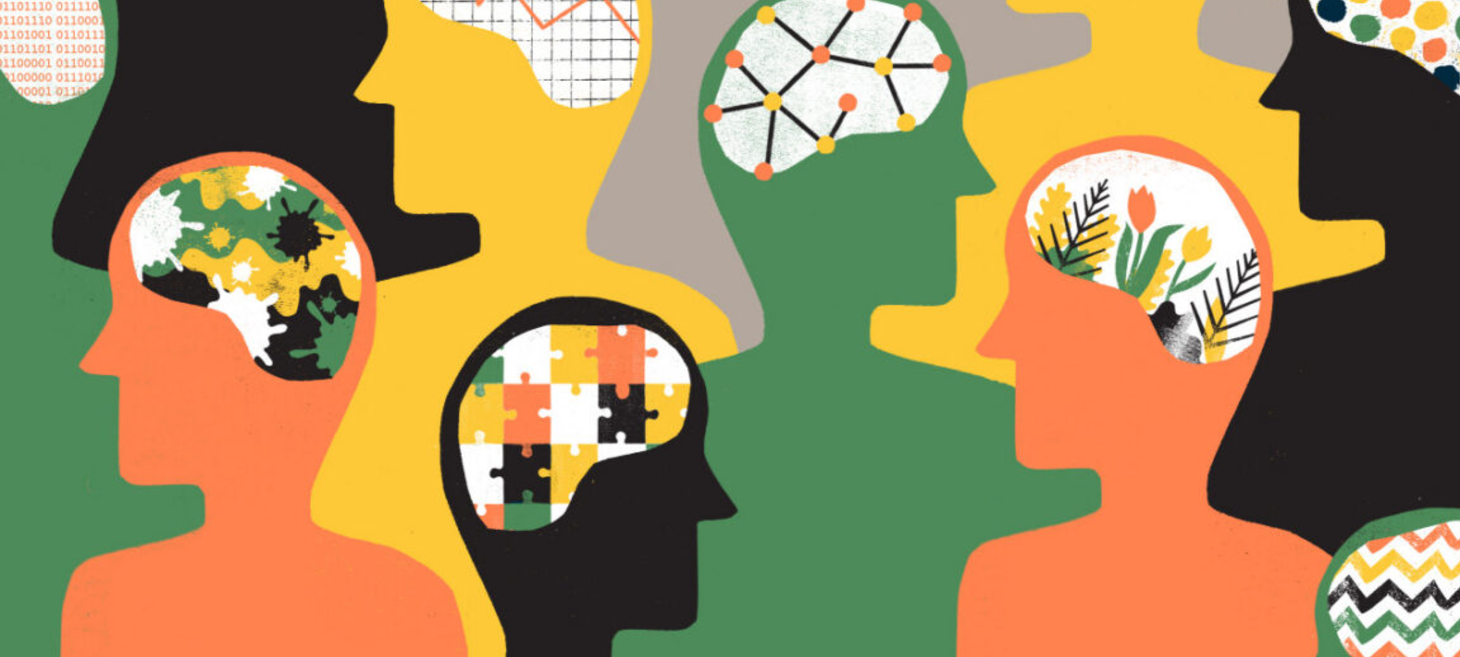 WELCOME
WELCOME
Being Designerly 127 has curated content at the intersection of Design, Tech and Human-AI to help you sharpen the human skills AI can’t fake. Read about the saga of analyzing survey results with AI, 3 short experiments anyone can try - solo, with a group, or with AI - to practice critical thinking while turning raw input into real insight. 4 ways to use AI to improve your thinking, Prompter - what now?, and AI and accessibility.
 FEATURE
FEATURE

AI can be wrong.
- I learned this the hard way with a simple survey.
- I trusted the results, but the numbers did not add up.
- I found myself double-checking every answer.
But here’s what most people miss:
- AI tools like ChatGPT and Copilot can process hundreds of survey responses in seconds.
- They can also skip steps, make up data, and give you answers that look right but are not.
- I saw this firsthand with a dataset of a thousand survey responses.
The first time I ran the analysis, the AI finished in under a minute. AI is fast, but not that fast, so I double checked. Turns out it looked at “representative answers,” not all.
It also made up company names that were never in the data.
It counted things that did not exist.
It missed things that did.
I had to spell out every step:
- Analyze all thousand rows, not just a sample.
- Use a semicolon to split answers, not a comma.
- List every answer that does not match the survey options.
- Show me the raw text, not just a summary.
I found mistakes by checking the data myself.
And then it even tried to make me feel good about catching its mistakes.
“Great question, good catch,” it said.
But I did not want praise.
I wanted the truth.
Here is what I learned:
- Never trust the first answer from an AI.
- Give step-by-step instructions, down to the smallest detail.
- Always check the raw data yourself.
- Ask for the full list of answers, not just a summary.
- Watch for made-up data - AI will fill in blanks if you let it.
- Ignore the flattery. Focus on the facts.
AI is fast, but it is not careful.
If you want real answers, you have to be.
This is Critical Thinking in motion. Curiosity drives the probing. Observation catches what automation skips.
 PROMPT
PROMPT
Designerly Critical Thinking Prompts
Here are three designerly critical thinking prompts: one to try by yourself, one with others and the third with AI:
By Yourself
Pick any 10 reviews or comments (App Store, Amazon, LinkedIn, etc.).
- Write one claim they seem to support (e.g., “People love the new feature”).
- Find 1 quote that contradicts it.
- Decide: keep, refine, or drop the claim, in one sentence.
👉 Critical thinking: Tests your first assumption instead of taking it at face value.
With Others
Pick any short set of feedback (restaurant reviews, team retro notes, tweets).
- Each person marks one line with a ✅ (supports the theme) and one with a ❌ (challenges it).
- Share and discuss the biggest contradiction.
- Agree on one if/then rule to clarify the theme.
👉 Critical thinking: Turns disagreement into a clearer rule everyone can use.
With AI
Ask AI to analyze any 10–15 reviews, comments, or posts you copy in.
"From these responses, propose ONE theme in 10 words. Then show:
- 2 verbatim quotes that support it
- 1 verbatim quote that challenges it
- A one-line decision: keep, refine, or drop, and why Do not invent facts or brands. If unsure, say "uncertain."
👉 Critical thinking: Forces the AI to back every claim with evidence before you trust it.
 EXPERIMENT
EXPERIMENT

4 ways AI can improve your thinking
Instead of just speeding up routine tasks, what if we used AI to slow down, challenge our thinking, and build new tools, dashboards, and experiments? Read on for creative approaches that are changing how you could think about AI.
 CREATIVITY
CREATIVITY

We All Became Prompters. Now What?
Those of us who have followed the tech evangelists’ preachings, taken the courses, and become devout prompt machines are all starting to realize something concerning: AI can be incredible, but its outputs all start to look the same.
 INCLUSIVE
INCLUSIVE

Why accessibility might be AI’s biggest breakthrough
While tech companies market AI as a productivity tool for everyone, a UK government study reveals an unexpected result: Neurodiverse employees may be benefiting far more from chatbots than their neurotypical colleagues.
